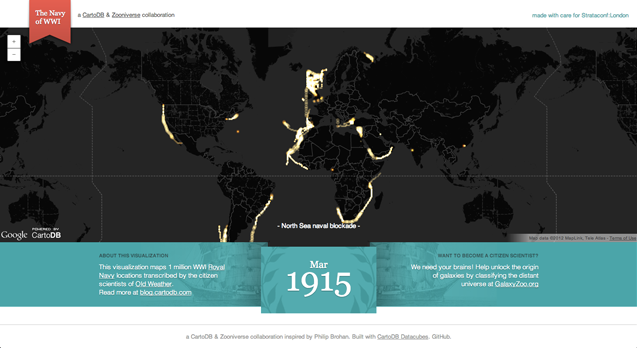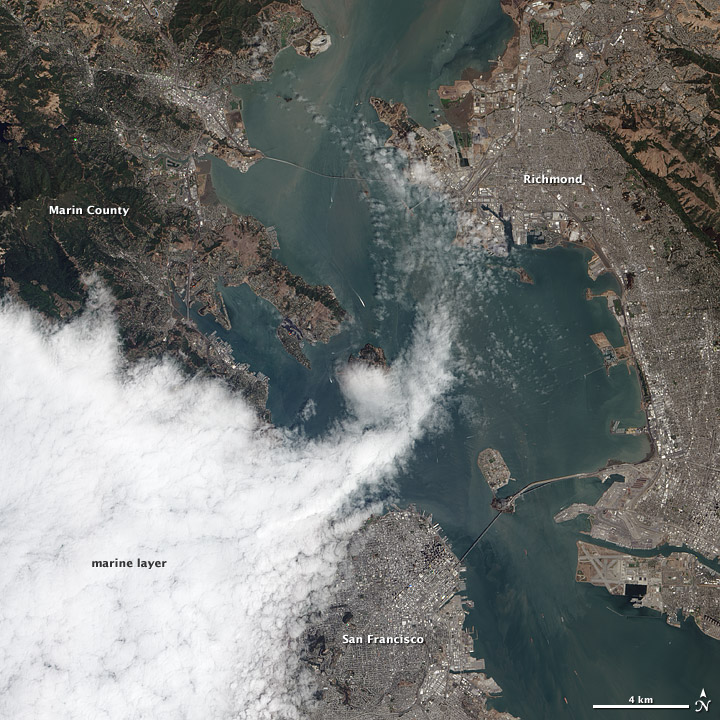 We are very excited to have open a new Cooperative Extension specialist position in Land Change Science. The successful Land Change CE specialist will have a PhD, and will develop a vibrant applied research program, primarily based in California. There are no formal teaching duties with this position, instead, the incumbant will have outreach and extension duties.
We are very excited to have open a new Cooperative Extension specialist position in Land Change Science. The successful Land Change CE specialist will have a PhD, and will develop a vibrant applied research program, primarily based in California. There are no formal teaching duties with this position, instead, the incumbant will have outreach and extension duties.
We are searching for someone who can help us understand, predict and plan for the complexities of land use change in California. This might be someone from geography, landscape ecology, sociology, or economics, for example, and might focus on planning, modeling or observations of land change, biophysical feedbacks from land change, or spatial analysis. But they must be an adept and capable communicator who can speak to diverse audiences, from landowners, to politicians, to farmers, to scientists, to planners, to citizens.
The Specialist would provide science-based solutions and bridge conflicting interests with knowledge, targeted research, and local education regarding the relationships between expanding population and climate change, and the remaining matrix of wild landscapes, urban areas, working landscapes and agriculture.
The Specialist would provide resources for county-based Cooperative Extension personnel, including learning from UCCE personnel about the needs of decision makers at the local level, and acting as a information and training resource for the use of new tools (GIS, remote sensing, smart phone applications, etc.) for land use analysis.
Please consider applying if this fits you! I will be happy to answer questions.
 Wednesday, October 10, 2012 at 12:27PM
Wednesday, October 10, 2012 at 12:27PM  Maggi | in
Maggi | in  land use,
land use,  remote sensing,
remote sensing,  tools |
tools | 




